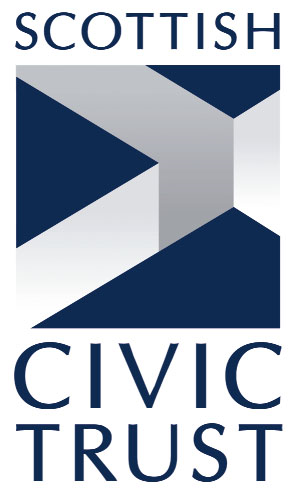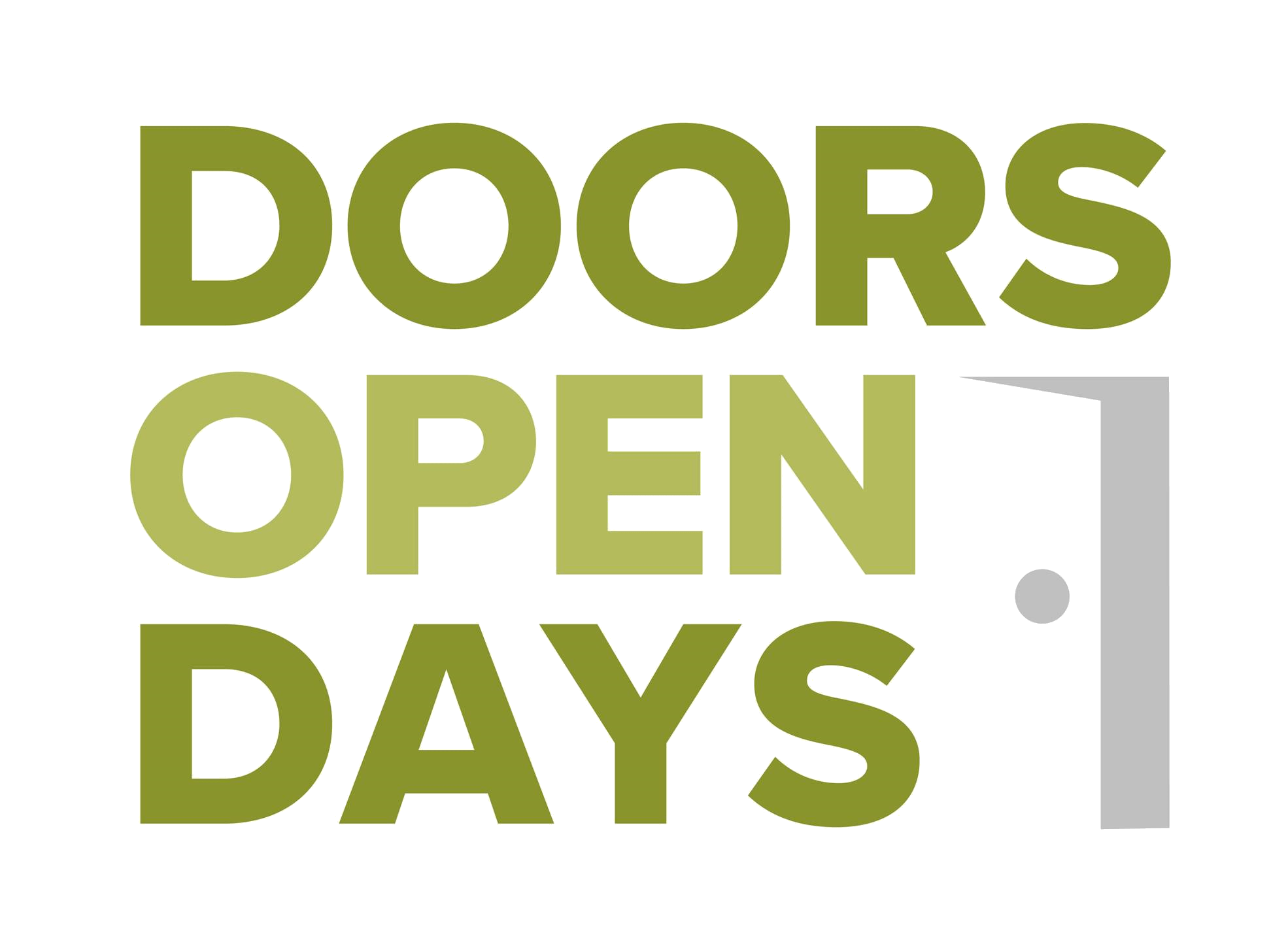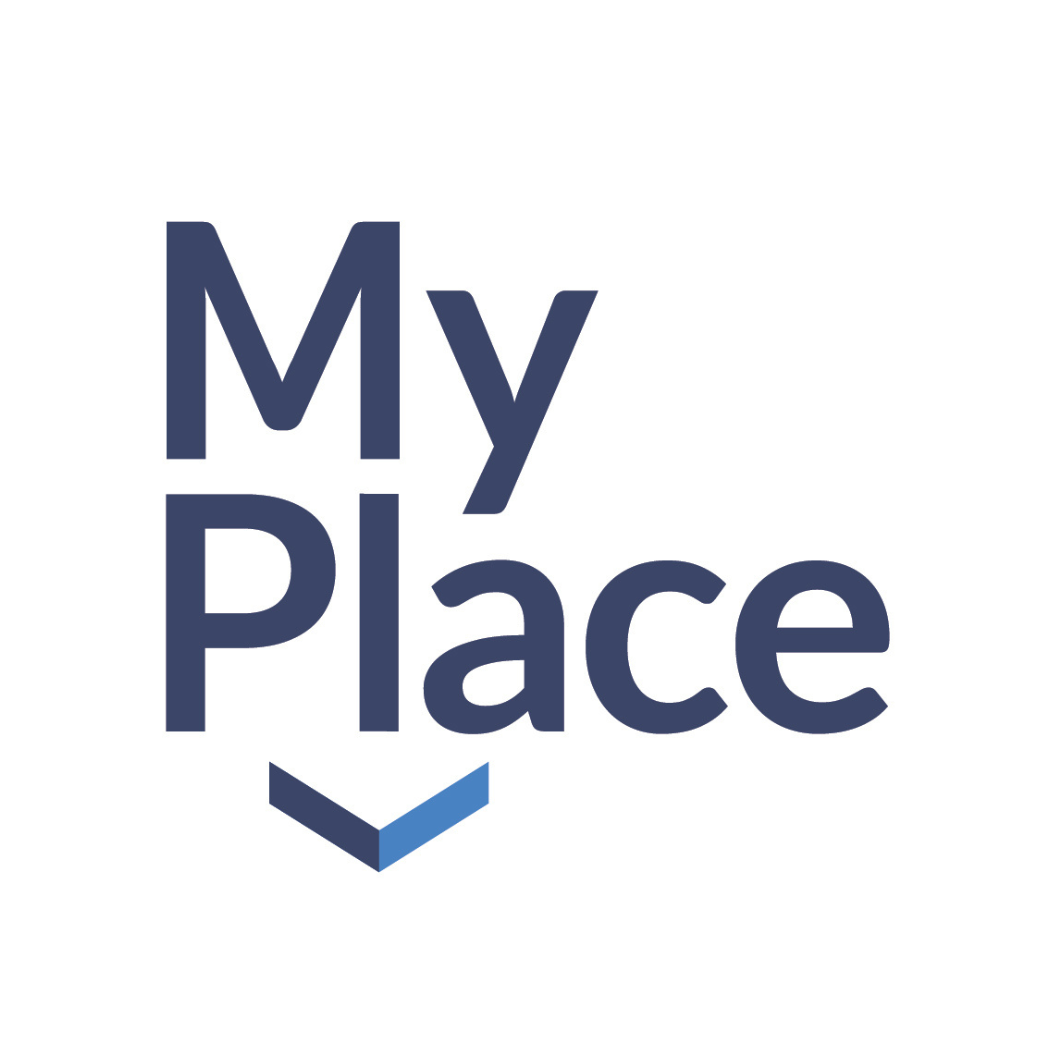Heritage experiences need to be created with rather than for young people
By Roseanne Tye, Scottish Civic Trust Social Media Correspondent
The Scottish Civic Trust’s Spring Symposium ‘Our Past, Our Future: Young People & Heritage’ was intended as an opportunity to present projects and reflect on the progress made during the Year of Young People (2018), and to enable discussion across institutions within the heritage industry. For me, as a student, taking the opportunity to attend as a social media correspondent for the Trust was invaluable. I have always had an interest in how complex identities are addressed in Scottish heritage representations; and no time is more complex than in youth. Being able to engage with and hear the practical issues, hurdles and benefits of addressing some of these concerns broke down walls between me, as a young person, and the industry, as well as between the different organisations present. An emphasis was made throughout on the importance of communication and exchange of ideas between all. The seven talks all opened eyes to the current state of events and projects that the various organisations had participated in; but a lot of common themes began emerge.
Being able to engage with and hear the practical issues, hurdles and benefits of addressing some of these concerns broke down walls between me, as a young person, and the industry, as well as between the different organisations present. An emphasis was made throughout on the importance of communication and exchange of ideas between all.
Young people are, often, presented as the passive inheritors of national identity and heritage, both in terms of tangible objects or intangible ideas and practices. However, what came through during the conference was the idea of young people as creating and taking charge of their own identities. Graham Ross, the second speaker, took the opportunity to discuss a project he has been a part of in Penicuik, which prioritised participatory planning and community engagement with the Town Hall development project.
Young people were an instrumental part of the consultation process, and the project managers looked to inspire the community to engage with their perspectives. As he argued, the process was a valuable opportunity to understand that young people are competent; they ‘understand what their stake in the community could be’.
they ‘understand what their stake in the community could be’
Khaleda Noon presented on ‘Intercultural Youth Scotland’, a project looking to help young BME women (and increasingly men) connect to ideas of heritage and provide a supportive environment for long-term development. Her faith in the voices of these young people was evident, as their own verbalisation of their experiences were prioritised above all else.
The powerful videos Khaleda showed presented strong young women with pride in their identity: ‘It gives me confidence. I know where I’m from; I know who I am.’ These young people are active contributors to their feelings of identity.
‘It gives me confidence. I know where I’m from; I know who I am.’
Julia Brunner from Historic Environment Scotland, discussed her project ‘Celebrating Speyside’, where she works with children to encourage engagement with local identity and heritage. While there is a big focus on the ‘history’, facts and existing structures, the children (even as young as early years in primary school) are encouraged to take responsibility for their learning. It was really beneficial to also hear some of Julia’s struggles when it came to specialists ‘talking at’ the children – but ultimately, her project aimed to move beyond learning about heritage, and to encourage flexibility and personal development.
Young people are frequently underestimated in the realm of learning, and this isn’t limited to the heritage sector. However, challenging existing ideologies and establishing spaces where they feel empowered to redefine their identities is increasingly important – rather than just a few odd opportunities here and there. This is an issue that is always developing and impacting everyone involved; not just the children or institutions, but the practitioners themselves. Keeping track of projects’ trajectories and levels of engagement is vital when it comes to the more fluid natures of identity, heritage and belonging.
Throughout the conference we saw that heritage experiences need to be created with rather than for young people. This meeting served as an opportunity for reflection and to encourage cross-institutional consultation moving forward. Changing how we – either as students, institutions, young people, or the general public – conceive heritage and young people’s role in it is never going to be a straightforward project. However, enabling the conversation and communication between all participants is what must be prioritised moving forward.
Heritage experiences need to be created with rather than for young people
It is difficult for practitioners to engage with and facilitate communication with young people, but evidently this is a challenge that the heritage sector in Scotland is willing to take on. In heritage, as presented in modernity, we need a new kind of institutional representation and challenges to existing conceptions. I think everyone is fully aware that there is not one solution to this. Curation and project management are complicated processes, and any form of communal engagement is tricky; but to miss out on the clearly competent input of such a massive part of the population is a mistake – and hopefully a concern that can be addressed before we all grow up.
Roseanne is a final year student studying MA Scottish Ethnology at the University of Edinburgh, and a common theme in her work has been to explore and analyse how people with complex identities can be represented and encouraged to engage with national or communal experiences. Her dissertation, titled ‘In or Out: Examining Crises of Identity in Scottish Heritage’, for example, looks at how people living in Scotland respond to heritage and nationality, and how issues they themselves identify can be addressed.






